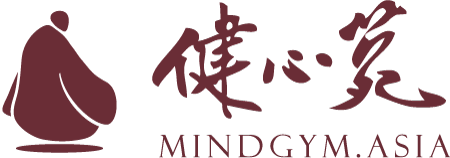Different Tea Cultures Round the Globe
CHINA
Having introduced the world to tea, China is the perfect place to start as for Chinese people, tea is very much a way of life.
In China the tea is called Cha (茶), the word cha (茶) denotes the beverage that is derived from Camelia sinensis, the tea plant. Prior to the 8th century BCE, tea was known collectively under the term 荼 (pinyin: tú) along with a great number of other bitter plants. These two Chinese characters are identical, with the exception of an additional horizontal stroke in the Chinese lettering 荼, which translates to tea.The country’s diverse climate creates literally hundreds of different types of tea; Oolong, Jasmine and Gunpowder are some of the more familiar teas, but how about Huangshan Moafeng ?
"Legend states that this variety of green tea plant grew from the tears of a young girl who lost her lover the day before their wedding. "
“Cha Doa” refers to the art of making tea and is closely linked to Daoism and Chinese philosophies of balance, harmony, fulfilment and enjoyment.
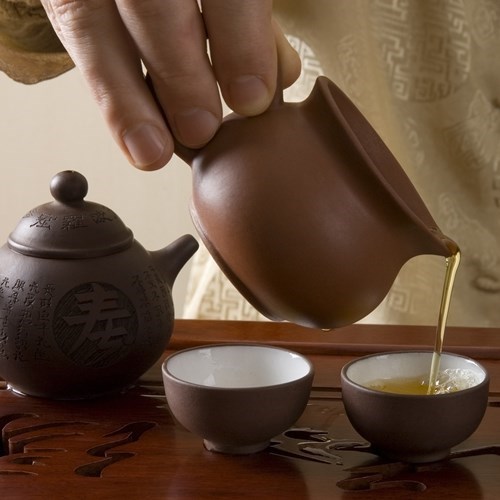
JAPAN
Japan is home to popular teahouses where Matcha is served. Matcha is prepared in the same way today as it was in the 12th century, and is essentially dried to the point where it can be ground in to a fine, bright green powder to then made in to a drink.The tea is sometimes used as the basis of a traditional Japanese ceremony called Chado (“Way of tea”), the ceremony is a spiritual experience where the host may spend a lot of time preparing for all the correct gestures and movements required.
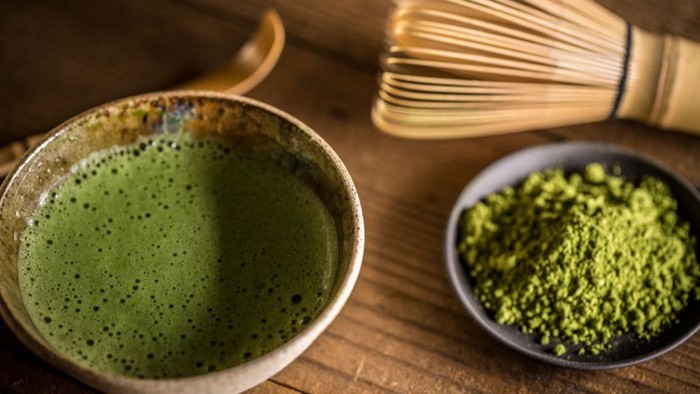
INDIA
Tea is one of the most popular drinks in India, and it’s no surprise as the country produces and consumes more tea than anywhere else in the world.
"The national drink of India is called Chai"
which is a black tea infused with flavours of ginger, nutmeg, cinnamon, pepper, cardamom and cloves. It has been popular for centuries and is the first thing offered to any guests.Chai sellers and vendors (known as Chaiwallahs) are a staple of the community, with their stalls which line the streets being a centre for gossip and news amongst the locals.
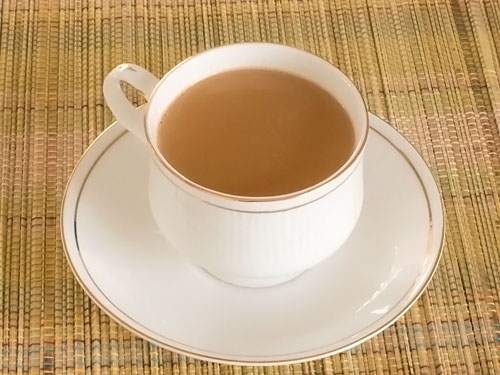
THAILAND
Thailand is perhaps best known for delicious Thai iced tea, or ‘cha-yen”. It’s a drink which has become popular in Thai restaurants around the world and is made from strongly brewed black tea served over ice.Various aromatic flavours and spices are added including orange blossom, cinnamon, star anise and ground tamarind. The drink is sweet and floral, with a liquorice aroma. Cha-yen is perfect in blisteringly hot weather, or as an accompaniment to equally hot

BRITAIN
You can’t talk about the world of tea and not mention Britain! Tea is as synonymous with British culture as fish and chips, cricket and the royal family.From dainty afternoon teashops selling earl grey and scones, to a hearty builder’s brew at a greasy spoon, people can’t live without our favourite hot beverage.
"Its popularity has remained since the days of the empire, and shows no sign of wavering, with over 160 million cups being drunk in the UK every day."
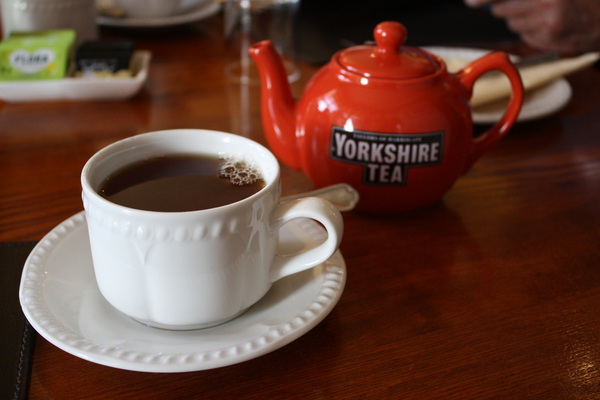
MOROCCO
If you spend any time in Morocco you’re guaranteed to be served some delicious hot mint tea, or Touareg, as it’s known.This drink is fully engrained in Moroccan culture and strongly linked to hospitality.
"It is typically poured into tall glasses over three servings, with each serving having a unique flavour. You are then meant to reflect on the wishes and meanings of life, love and death.The first serving is describes as being as “gentle as life”, the second glass is “as strong as love” and the third “as bitter as death”.

RUSSIA
Russia, having embraced tea culture much later than most countries, have truly made it their own with the intensely strong tea drink known as zavarka.This drink is made with boiling water and loose tea leaves that are then steeped to make a concentrated, powerful base for tea.Undiluted, zavarka is undrinkable, but as a part of a Russian tea ceremony, drinkers would use what’s known as a traditional samovar which is an ornate metal container that holds boiling water, to which the person pouring would then dictate the strength of the brew.
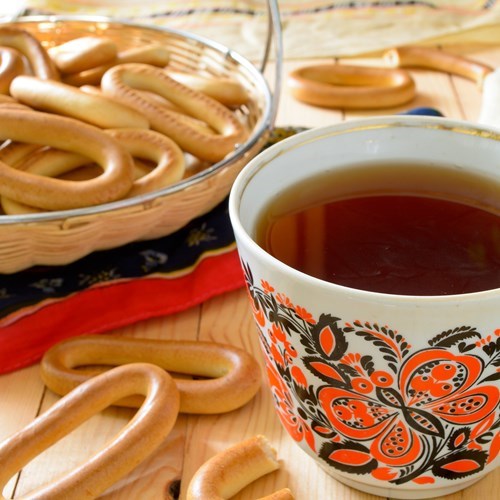
So,it can be seen that for lot of countries tea is more than just a drink, for some its more casual thing and for other it’s so much important that without it they can’t start their day such as Pakistan and India, but for Chinese it’s more like a way of life. Tea culture in China differs from that in European countries like Britain and other Asian countries like Japan, Korea, Vietnam in preparation, taste, and occasion when it is consumed. Tea is still consumed regularly, both on casual and formal occasions. In addition to being a popular beverage, it is used in traditional Chinese medicine as well as in Chinese cuisine.There are several special circumstances in which tea is prepared and consumed in Chinese culture.
A sign of respect
Family gatherings
To apologize
To showgratitude and celebrate weddings
"One can guess the importance of tea for Chinese from the fact that Tea was regarded as one of the seven daily necessities, the others being firewood, rice, oil, salt, soy sauce, and vinegar, so heads down and one can doubtlessly say that you can never find any tea culture round the globe this much rich and interesting."
"MindGym tea House"
